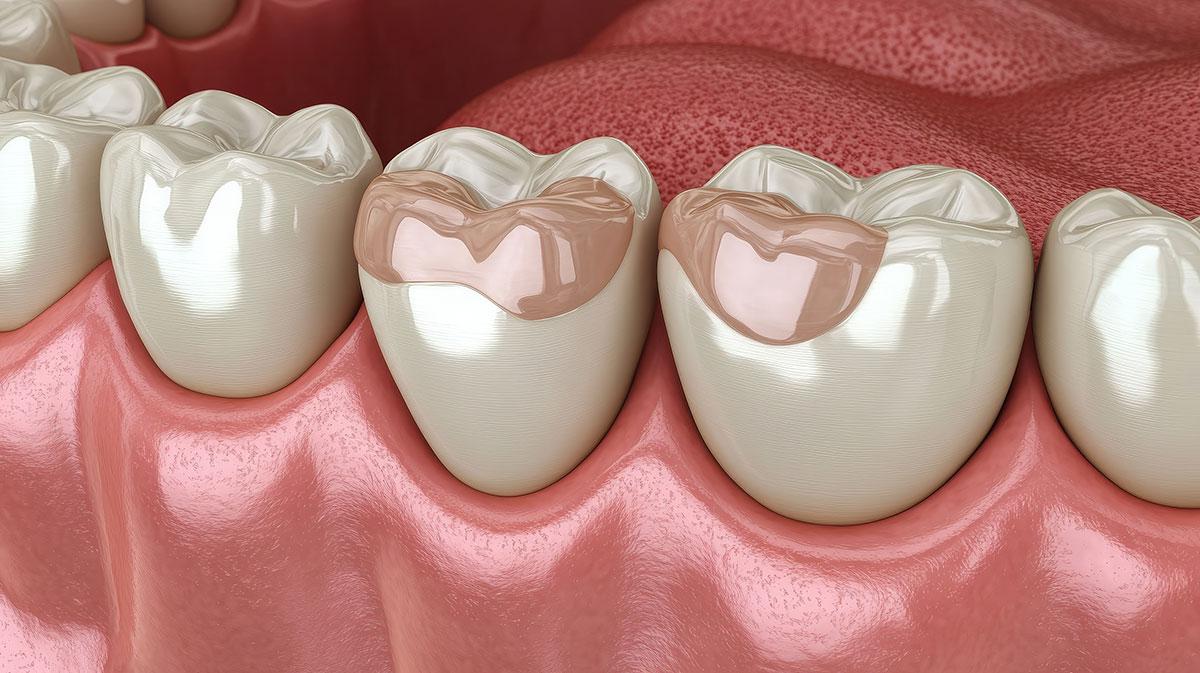Minimally Invasive Dentistry: What Is It?
Minimally invasive dentistry is an approach that emphasizes the preservation of natural tooth structure by using the least invasive treatment methods possible. The goal is to treat dental problems without removing healthy tissue and to restore the tooth’s function and appearance with minimal intervention. Key principles of minimally invasive dentistry include:
-
Early Detection: Minimally invasive dentistry often involves detecting dental issues in the earliest stages, such as small cavities or enamel erosion. This allows for more conservative treatment options that prevent further damage and preserve tooth structure.
-
Non-Destructive Techniques: Rather than resorting to more aggressive procedures like crowns or root canals, minimally invasive techniques use less disruptive methods such as micro-dentistry, air abrasion, and laser treatments to address dental issues.
-
Conservative Restorations: When restorations are necessary, minimally invasive dentistry favors conservative materials like tooth-colored fillings that bond directly to the tooth structure, preserving more of the natural tooth.
The Relationship Between Biomimetic Dentistry and Minimally Invasive Dentistry
Biomimetic dentistry is a subset of minimally invasive dentistry, and the two approaches share many common principles. The primary connection lies in the focus on preserving natural tooth structure. Here’s how the two practices align:
-
Preservation of Natural Tooth Structure: Both biomimetic and minimally invasive dentistry prioritize preserving as much of the natural tooth as possible. Biomimetic dentistry accomplishes this by using conservative techniques and advanced materials, while minimally invasive dentistry focuses on early intervention and non-destructive treatments.
-
Use of Conservative Materials: Minimally invasive dentistry often uses modern composite materials and resins to fill cavities or restore teeth, which is a hallmark of biomimetic dentistry. These materials bond to the tooth structure and help preserve its integrity while offering strength and durability.
-
Restoring Function and Aesthetics: Both approaches aim to restore the tooth’s natural function and appearance. Biomimetic dentistry does so by mimicking the properties of natural teeth, while minimally invasive dentistry seeks to preserve natural tissue while providing a seamless restoration.
-
Long-Term Tooth Health: The use of biomimetic techniques and materials often leads to better long-term outcomes for patients, as it reduces the risk of further damage or decay. Minimally invasive dentistry, through early detection and non-invasive methods, helps maintain the health of the tooth for as long as possible.
Examples of Biomimetic Techniques in Minimally Invasive Dentistry
Several techniques within biomimetic dentistry fit within the framework of minimally invasive dentistry:
-
Air Abrasion: This is a technique where a fine stream of air and particles is used to allow us to visualize any fractures and increase the bonding strength of the materials.
-
Tooth-Colored Fillings: Unlike traditional silver amalgam fillings, tooth-colored composite resins can be bonded directly to the tooth. These fillings mimic the natural appearance while requiring minimal removal of the tooth structure.
-
Bonding: Using advanced bonding techniques, a dentist can minimize the amount of tooth structures removed by focusing only the damaged parts, providing a more conservative approach to repairs.
Dr. Brian Lin uses biomimetic techniques in his practice whenever possible. He takes pride in offering conservative treatments for patients in order to increase the longevity of his patient’s teeth. Dr. Lin offers consultations on cracked teeth. Call our office today to schedule an appointment at 714-921-2110.


